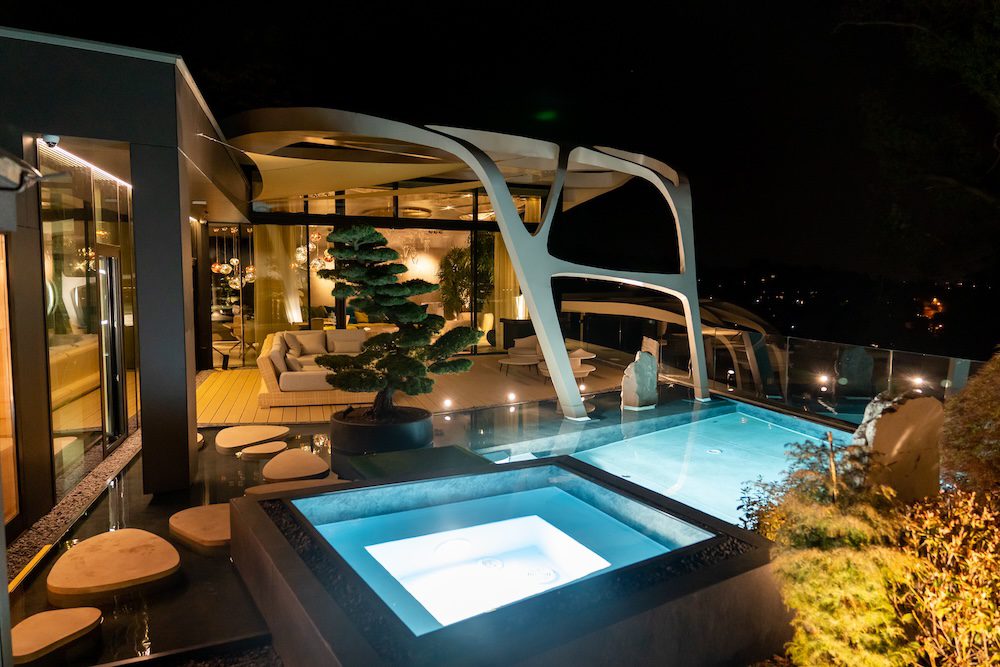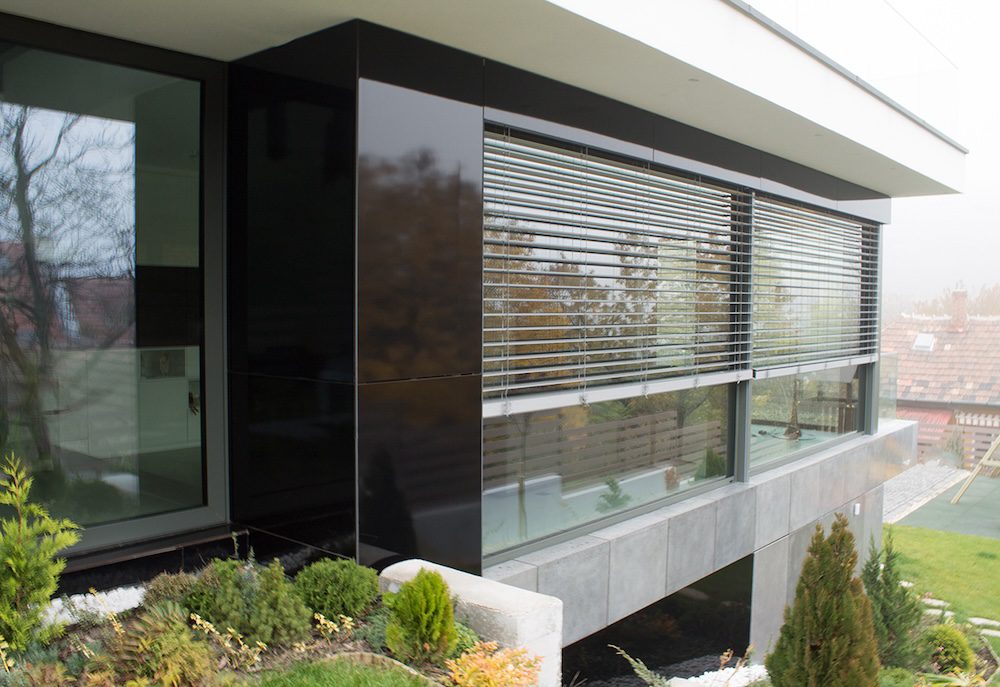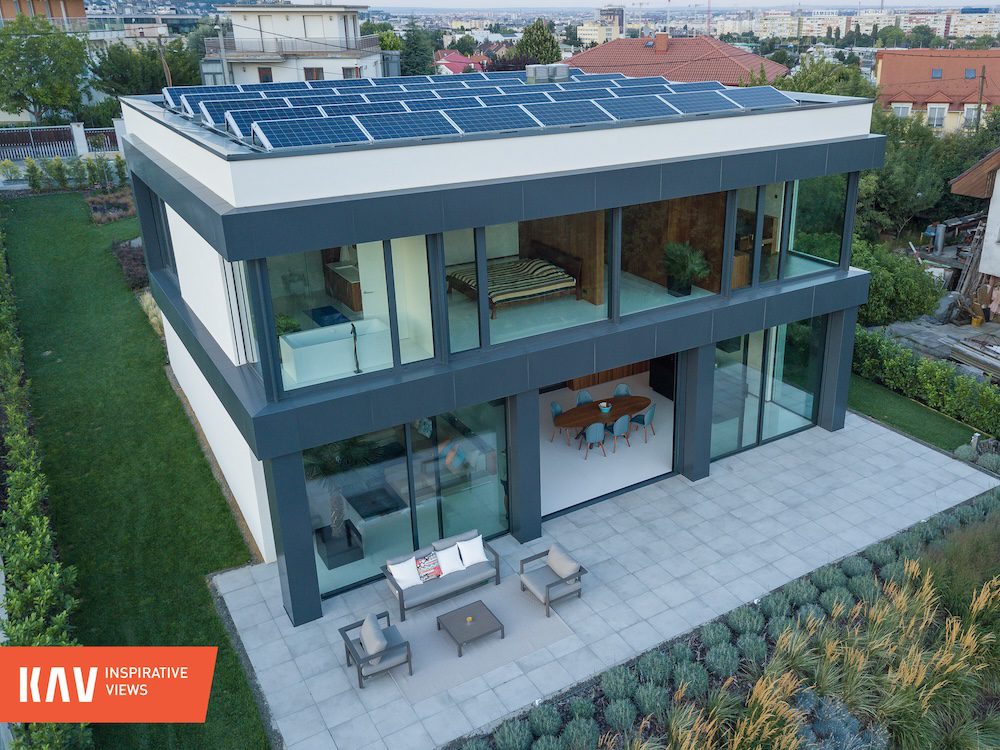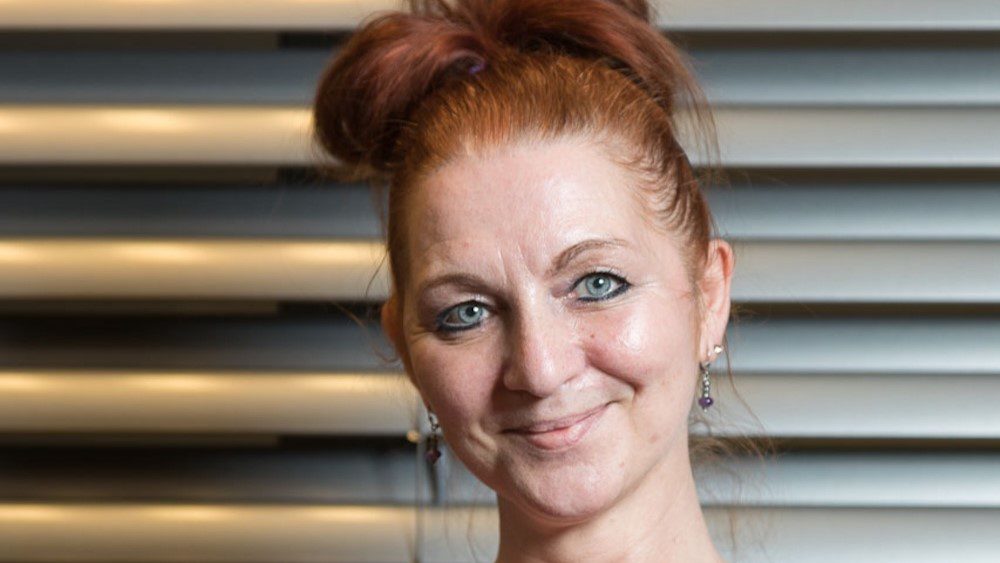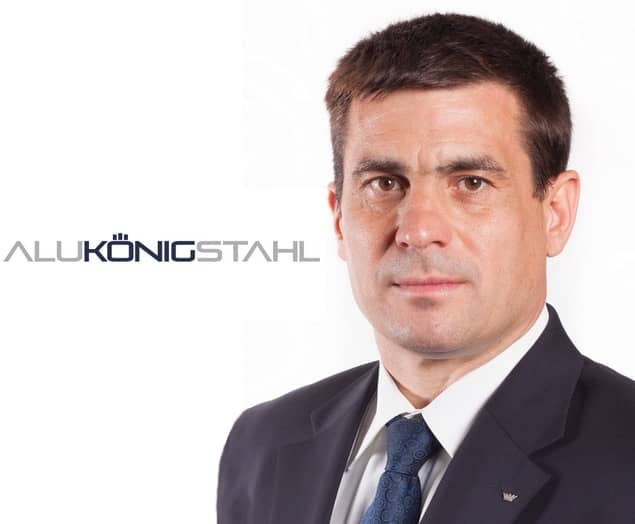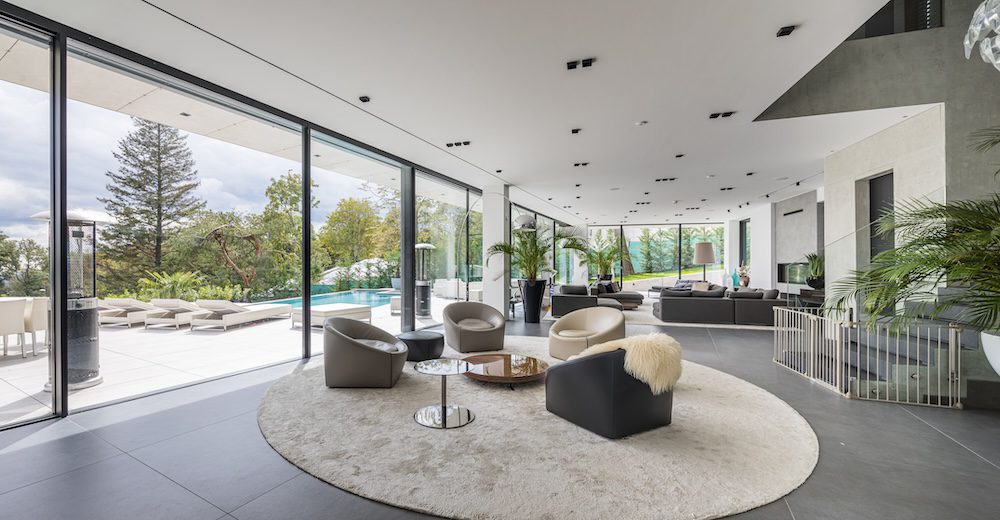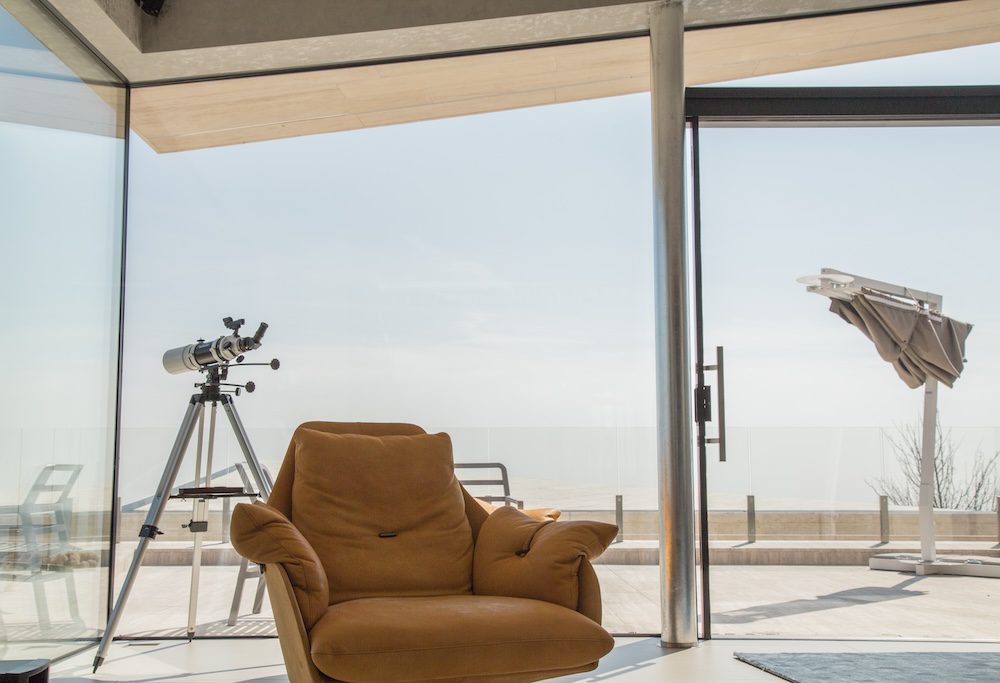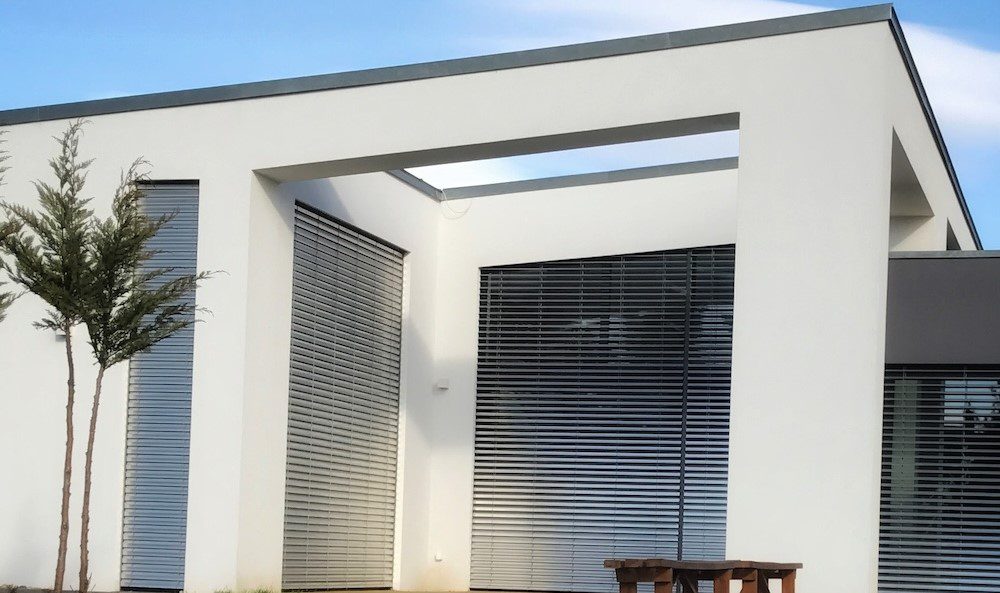The evolution of closing systems in Hungary

If one spends many years in a specialised technical segment, sometimes answering questions from a professional interviewer will inadvertently recall the period from the beginning to the present. Studying the evolution of window and door products used in residential buildings is also instructive, because fashion always changes along with demand and financial opportunities. Everyone sees the past differently – we, Hungarians are special in this – but sales figures outweigh perceptions.
At the beginning of the 90’s, a classic detached house in Hungary had low or medium grade wood, and fewer domestic extruded (and in many cases, yellowing) middle or extreme sealing PVC doors and windows, depending on financial means. The change began around 1995-1996, when serious foreign (mainly German-speaking) window manufacturers and system administrators started selling them in Hungary and then serving them from (sometimes through) a new manufacturing plant in Hungary. Along with the new premium segment that introduced German-speaking manufacturing discipline and its supplier base in Hungary, the domestic lower PVC category also appeared, which was popularly sold on the back of larger wood or plastic products. This new turn brought interesting ratios with new prices and expanded product ranges, namely that the almost monopolistic position of wood products in high-demand residential buildings rolled over and PVC windows and balcony doors became dominant. With its opening methods, variability, production speed, lack of aftercare, meeting thermal insulation and acoustic requirements, and not least with its low prices, PVC was able to provide instant solutions that made it difficult for the wood industry to keep up. However, albeit in small numbers, needs were constantly emerging that could not be sufficiently addressed from this product range. Glass sliding doors, large front doors and conservatories (curtain walls) were already called for by the public building culture, namely in aluminium, as it had the same usability and handling properties as PVC, in addition to the additional value it brings into the feasibility of customer needs. At the same time, the low number of skilled system administrators, “fly-by-night” manufacturers and the dumping of Hungarian “smart” solutions had already annoyed many customers for good reason, and taught many how to value quality and pay for it. At that time, there was not much aluminium work in family houses, but they typically tried to trespass the infinite at that time.
The regional distribution of general window and door sales and the sales results were mainly dependent on the resellers and the customs of the households. Timber manufacturers continued to believe in direct sales (one might still remember the term “ex-works price”), while PVC companies – based on foreign examples – started selling their products in networks and also organised their installation. The reseller mode proved to be more effective because it represented a visible nationwide coverage in the then limited-access Internet world. In addition, the utilisation rate of the manufacturer was more efficient, and it was able to maintain a low price gradually, keeping the largely slow-reacting woodworking industry under constant pressure.
In the 2000s, the number of customers in the premium door and window segment began to grow in Hungary, as Austrian and German manufacturers finally recognised the change in customer and designer needs and the new trends. In the preceding period, the load-bearing capacity of the “new” glazing, typically demanded after the 1973 oil price explosion, determined the size and reinforcement of the structures that could be fabricated (i.e. no increase in size could come into question). In fact, residents of the Bauhaus buildings of the 1930s have happily enjoyed the sunlight let in through the spacious glass walls and high-sliding doors for 40 years. In the early 2000s, new moving solutions were available with good component prices and heavy duty hardware, so despite the different styles, and the diverging need for their exterior and interior appearance, more and more glass walls and sliding doors were sold. There is definitely a European trend of a change in style that is still going on and it seems to remain a permanent process. At the same time (thanks to warming), of course, the issue of shading was also revisited, as larger glass surfaces could often not be handled by the shutters or the blinds that became trendy.
Designer colleagues have also become more bold in terms of sizes and shapes, and have started using the “circle template and the long ruler”. I am not thinking of the former “small mansion” constructions in Buda; rather the more modern, one-storey residential buildings, the use of the flat roof that came back into fashion again, the near-level glass walls and the glass sliding doors. Domestic glass processors were often unable to solve the problem of large glass plates due to the lack of equipment with adequate capacity; at the same time they could put bubble glass templates in stock slowly, as nobody wanted them, and that fashion was the past. The door and window fitters were getting “longer and longer arms” and the glasses were often carried by eight to ten people. The market was shaped and expanded, because Western European products and technologies, new production and transport equipment were immediately available to us. The money-making domestic producers became good end-product intermediaries for this purpose. In the family home market, there was dumping of both shoddy and quality PVC and wooden windows and doors, and one could hardly choose between them. In the PVC windows segment, Polish and Slovakian import products appeared in Hungary at that time, most of which strengthened the lowest category, and only a few Polish factories produced professional work from quality raw materials.
However, the global crisis brought along a brutal clean-up of the segment and the market. Domestic and foreign manufacturers and suppliers dropped out fortunately along with the swindlers too. The previously unprecedented negative “fear of the Polish window” message shocked this already sensitive market. Many customers and professionals have been shaken by this essentially untrue market thesis, thus redirecting premium requests from PVC towards wood products that seemed more reliable. The mid-range has disappeared; requests were received for the cheapest or quality products. The few domestic construction projects came to a halt or became drastically price-sensitive. Only the premium customer base has used quality materials for construction, with a demand for quality. During this period and shortly afterwards, the demanding expectations of domestic builders, developers and designers, still prevalent in Hungary, began to emerge, but these sets still do not have a perceivable real union now at some construction sites. At that time, the demand for a helping professional, a technical executive became fashionable, but perhaps someone still highly recommended He tries to guide the investor through the many mine-traps along the path from developing the design to the handover, so that the architectural concept can be implemented and fit within the budget. Most architectural conventions in window circles were then about rationalising “oversized” windows, because they couldn’t be manufactured. This is where KAV entered. As a new entrant, we alone have recognised that, with the increase in the size of doors and windows, wood and PVC products are no longer able to compete with aluminium structures in terms of quality either. Aluminium premium doors and windows will be the winners. Although today, thanks to aluminium and steel window improvements, this design barrier has almost disappeared; the extra financial need for large sizes (framing, glass, installation costs) is still being underestimated by architects, due to the lack of prior consultation, thus exposing themselves and the developer to serious inconveniences.
We have arrived today to where, after a design consultation, the developers shared their experience with us about requesting a quote in an informal conversation. Then they asked me why we have become an export-oriented company with such domestic references and professional potential, and why they do not see our work in classy buildings in Hungary. For example, they read a lot about our new work in Iceland, our mysterious development programme and our plans. I replied that there are no miracles; the aluminium market has begun to be eclectic like the PVC or wood market once upon a time, along with the former, almost chemically pure premium segment, the “cheap and even cheaper” category began to appear even in this segment. Not surprisingly, given the history of the trade, some Hungarian consumers try their luck again. The shoddy is not our market and those who choose that are not our customers. We are present in the quality segment, and we want to hold our ground there because only the final opinion of our customers matters. Quality buyers and quality professionals are looking for a window manufacturer they can ask the most from and with whom they may even think in the extreme. Unlike others, we assume liability for our aluminium windows, the glasses and our work. Our engineers and manufacturing staff are the best, and we are very proud of them. Apparently, this message touches foreign builders more, and encourages them to work with us on our current, brand-independent product line, and our professionalism, flexibility and vision encourage them to cooperate with us. We deliver to wherever and to whatever customer, worldwide, wherever and to whoever appreciates this. It seems now that, for expansion and significant growth, abroad is apparently an opportunistic solution for us, but we continue to strive to educate the domestic demanding residential customer base and their technical assistants and to serve them with excellent value for money; in other words, we are and will be at home in Hungary.
MoreNews


